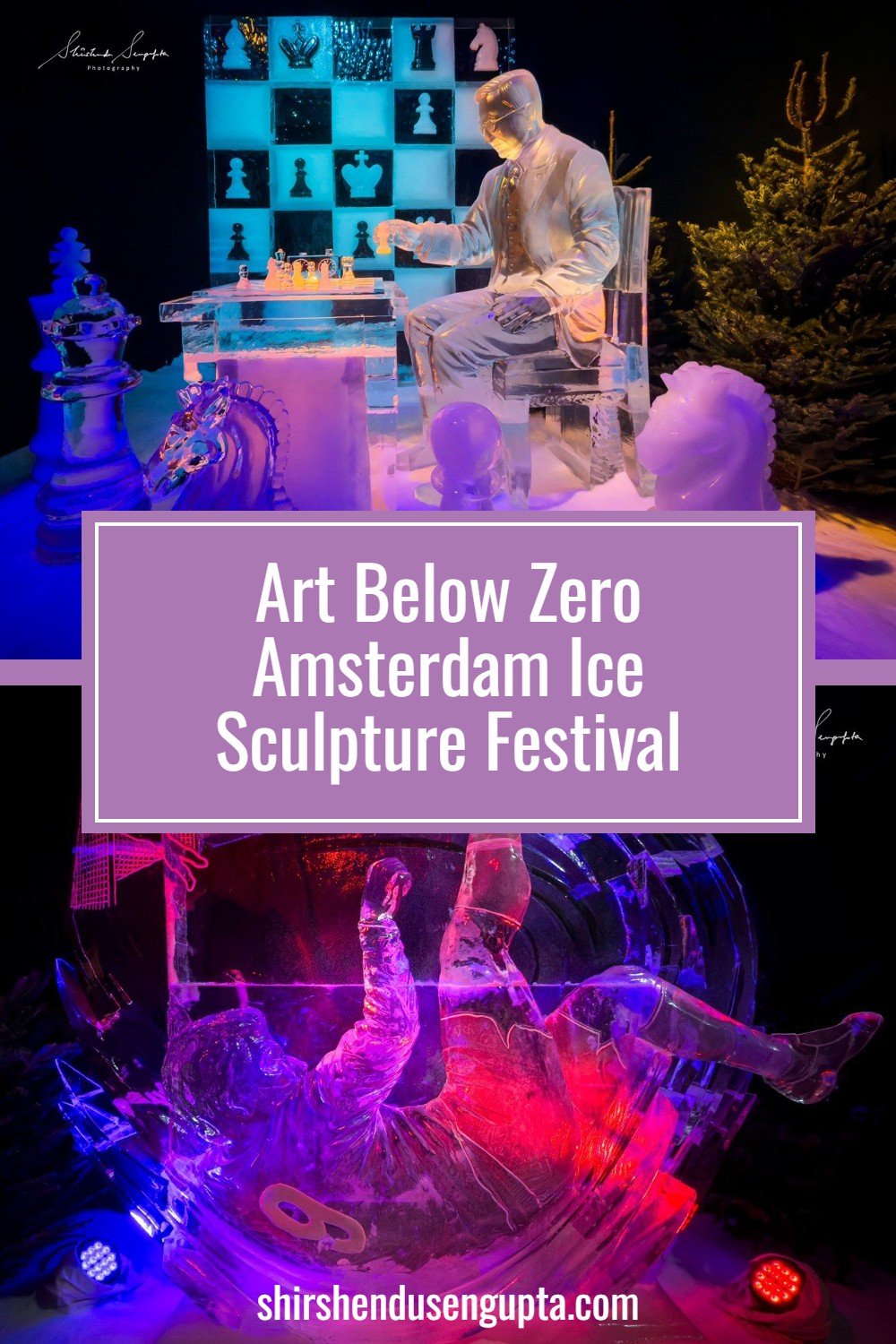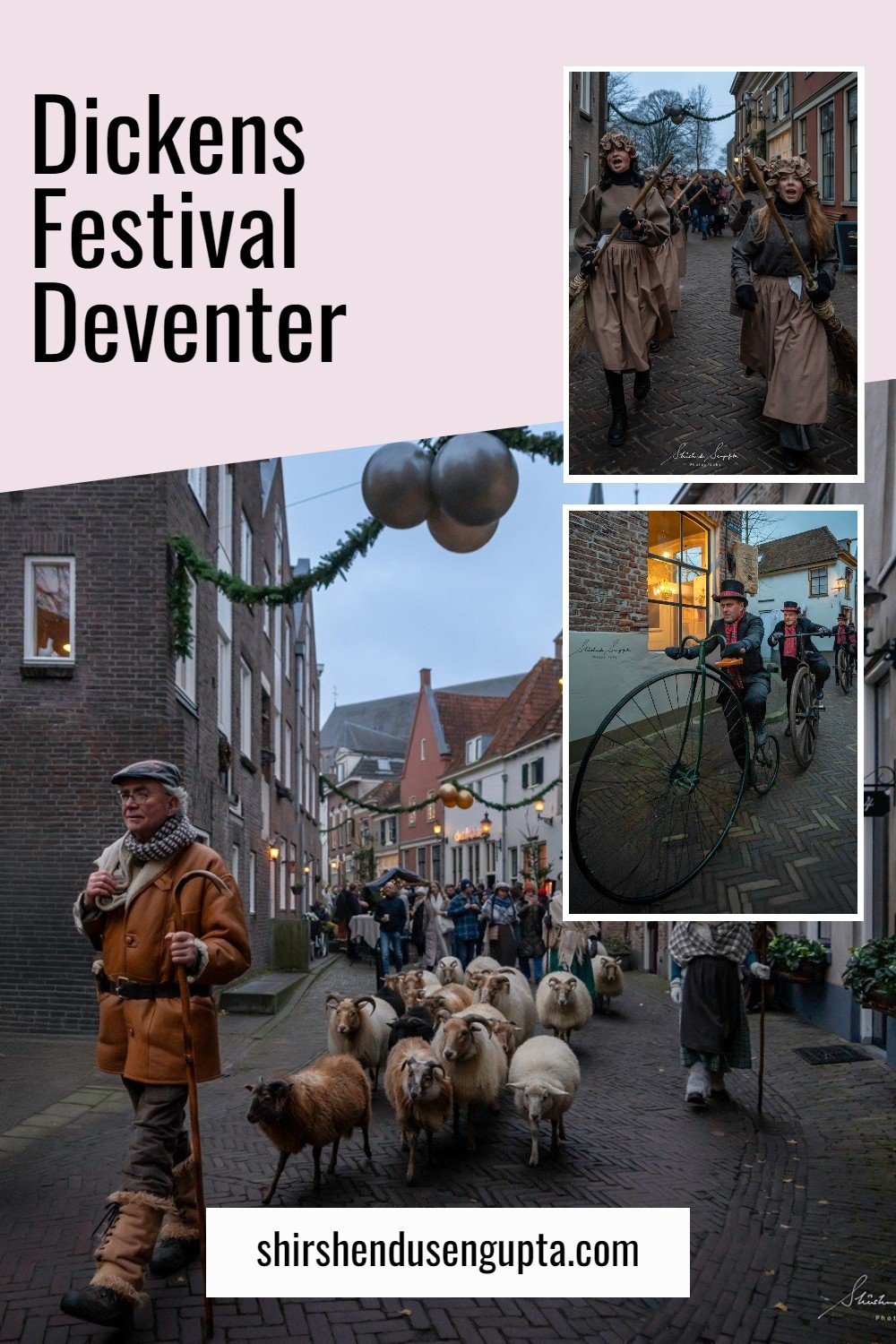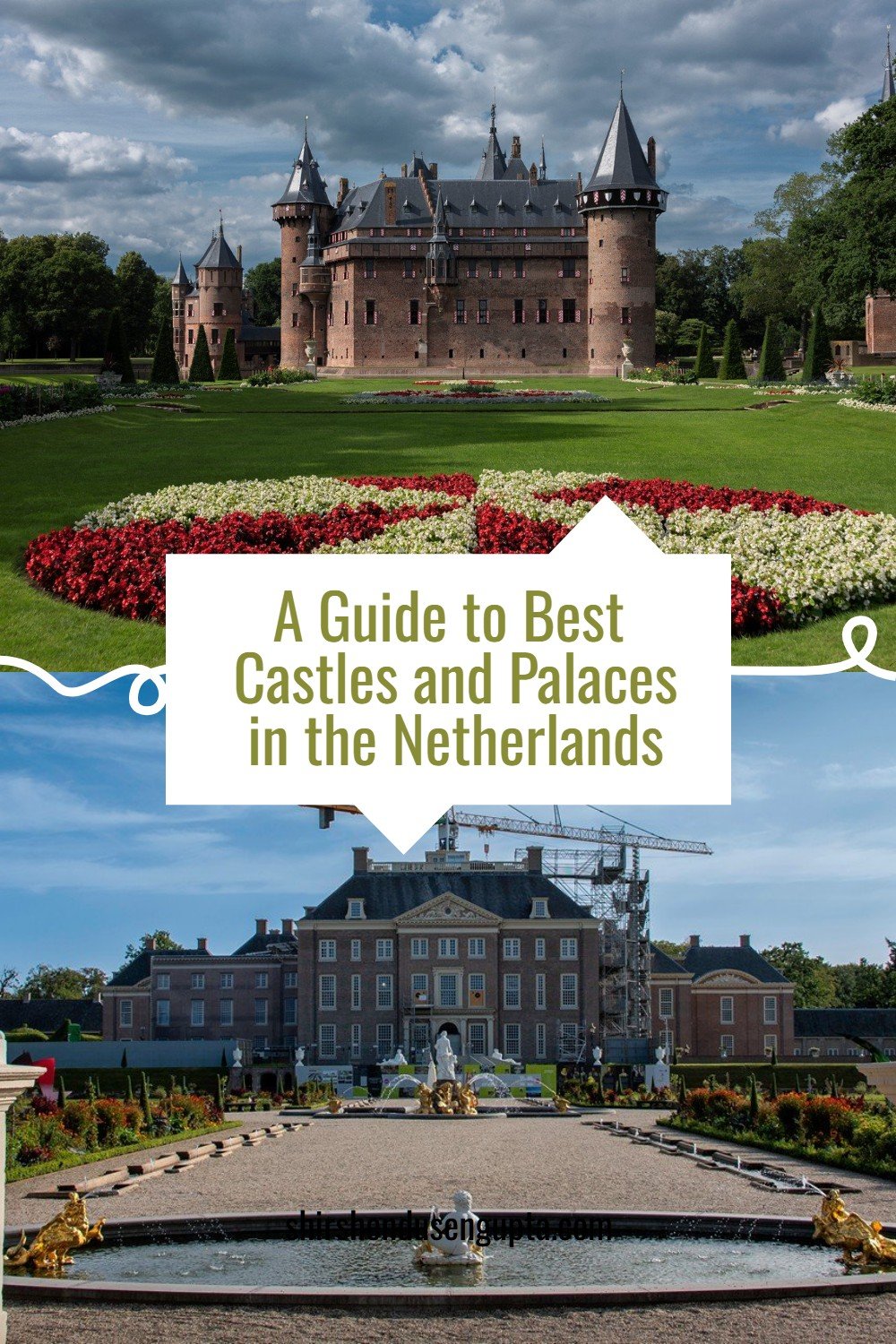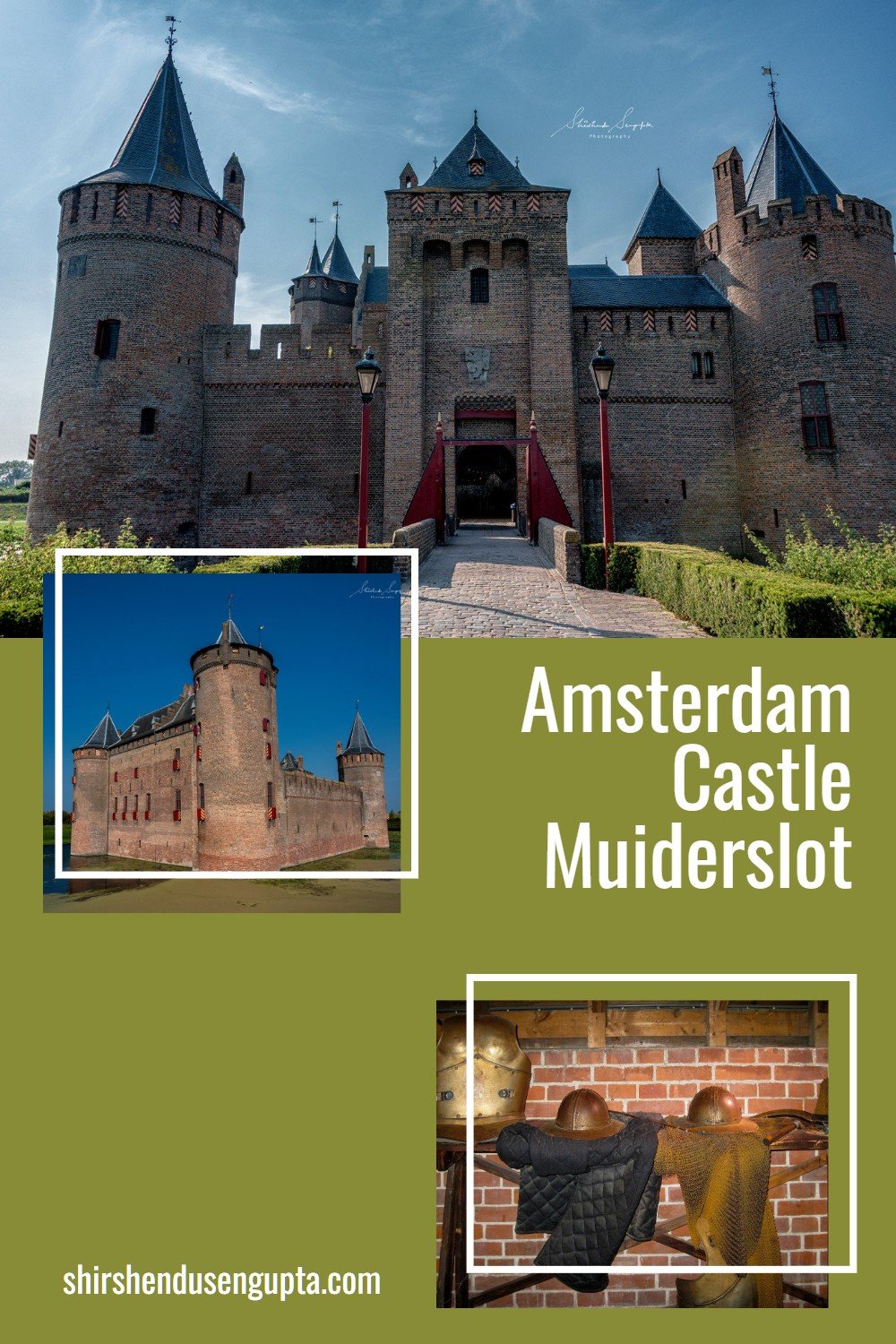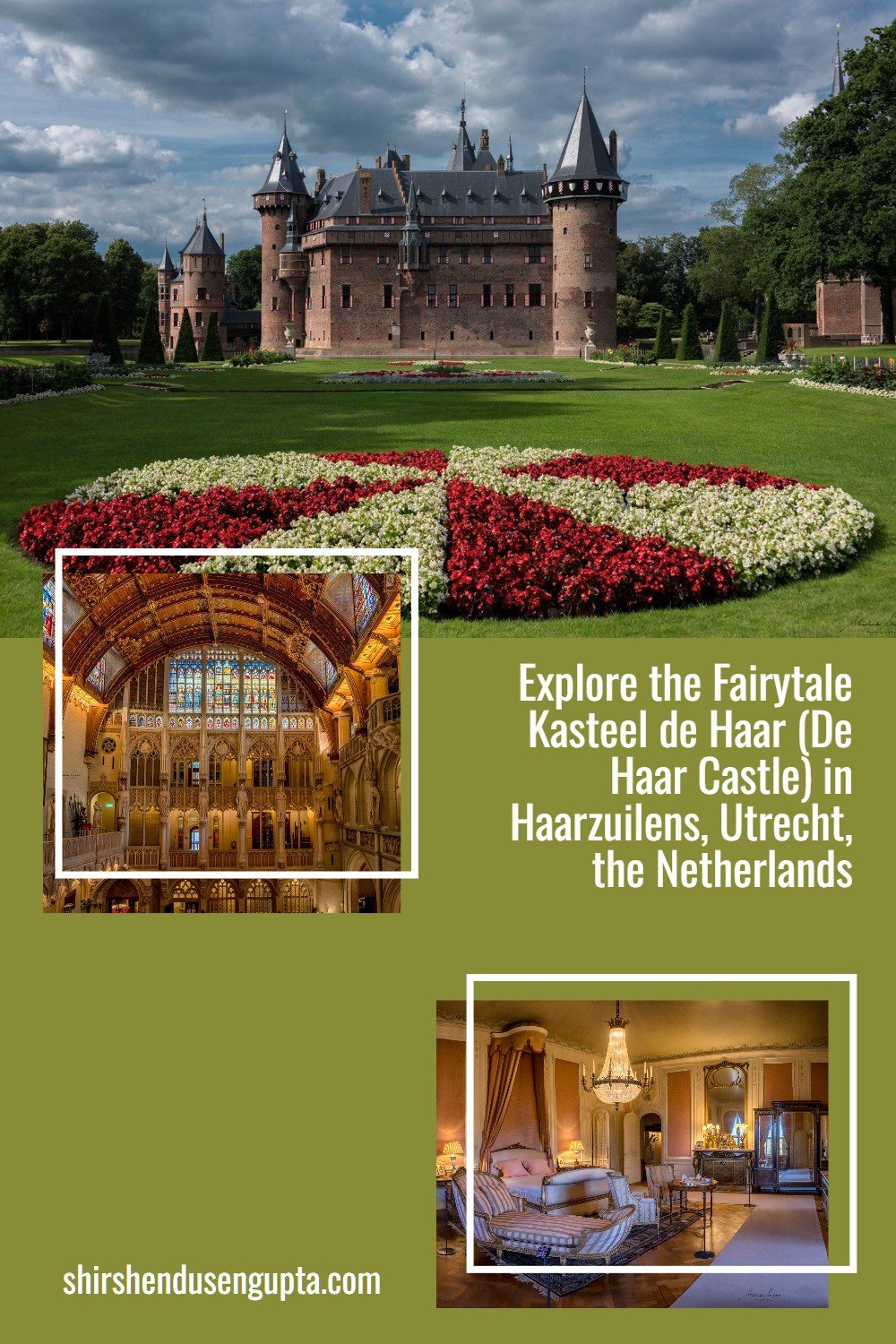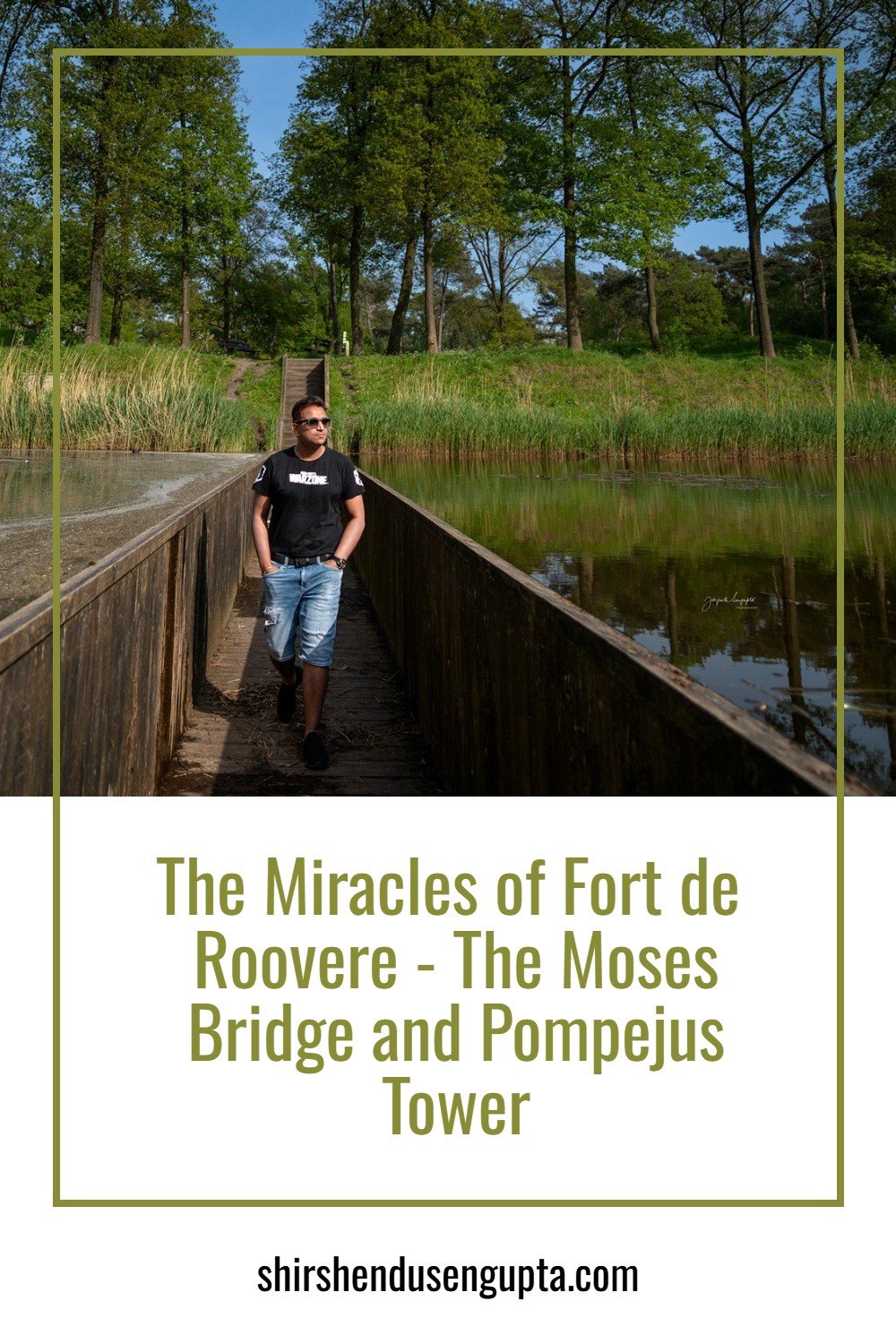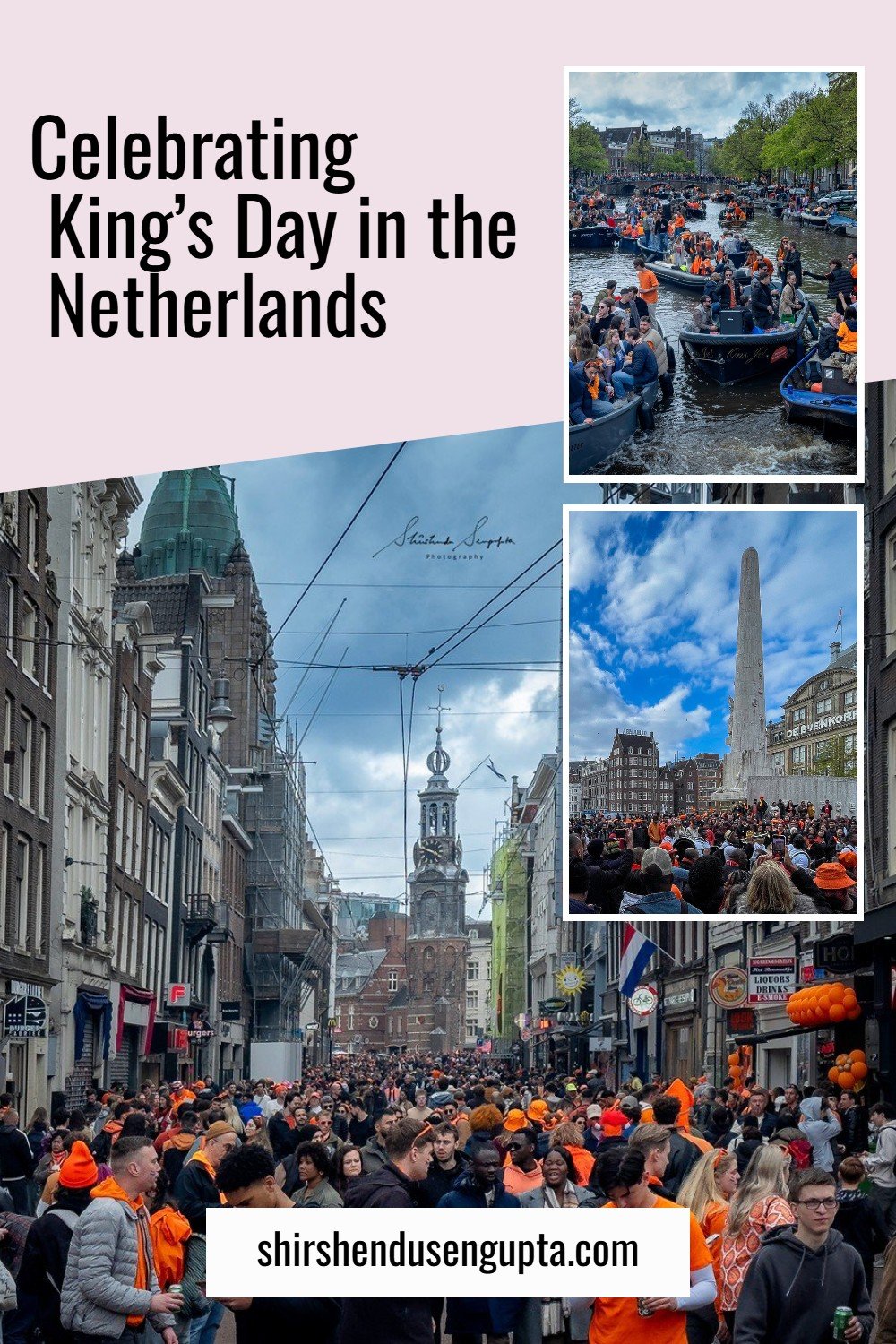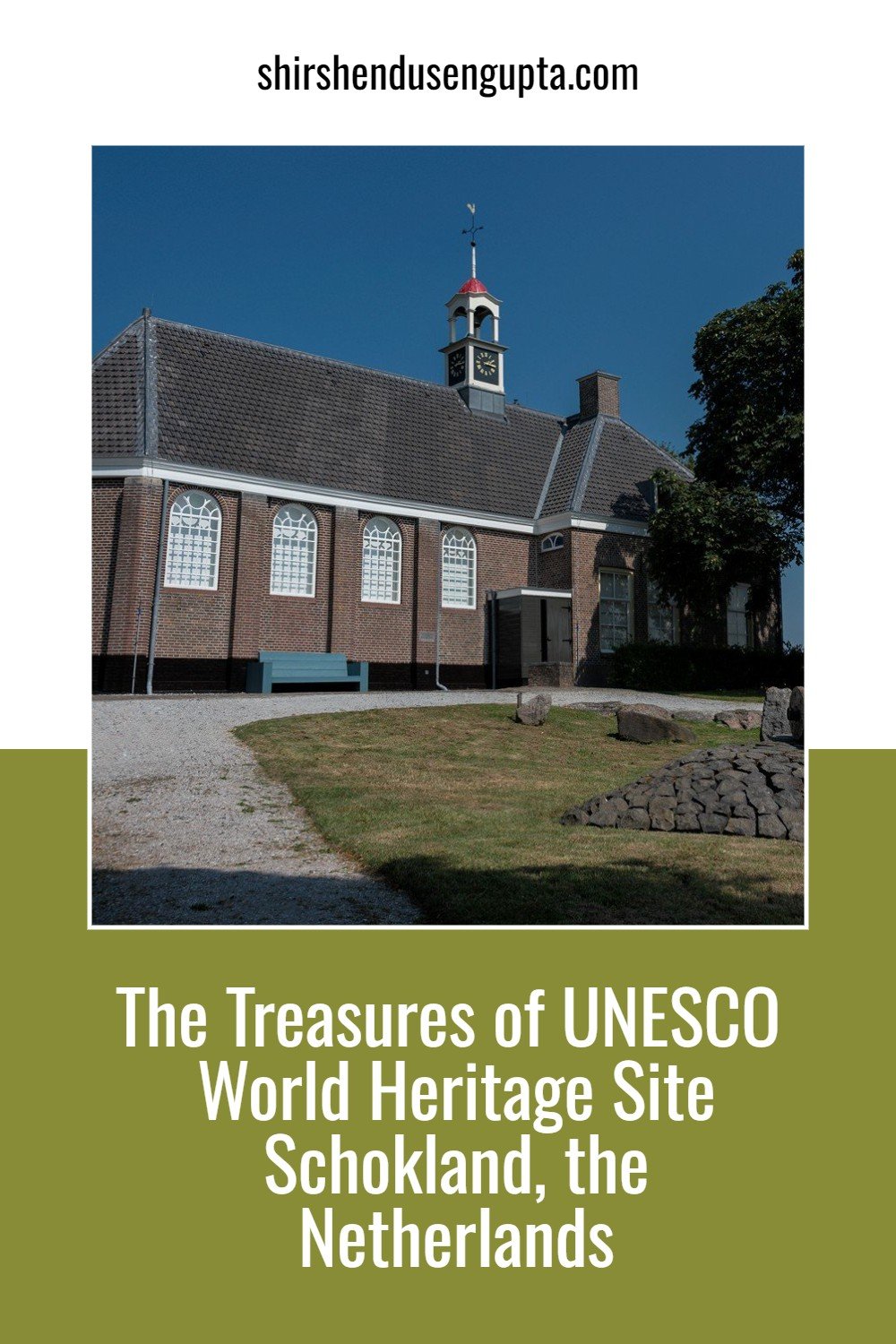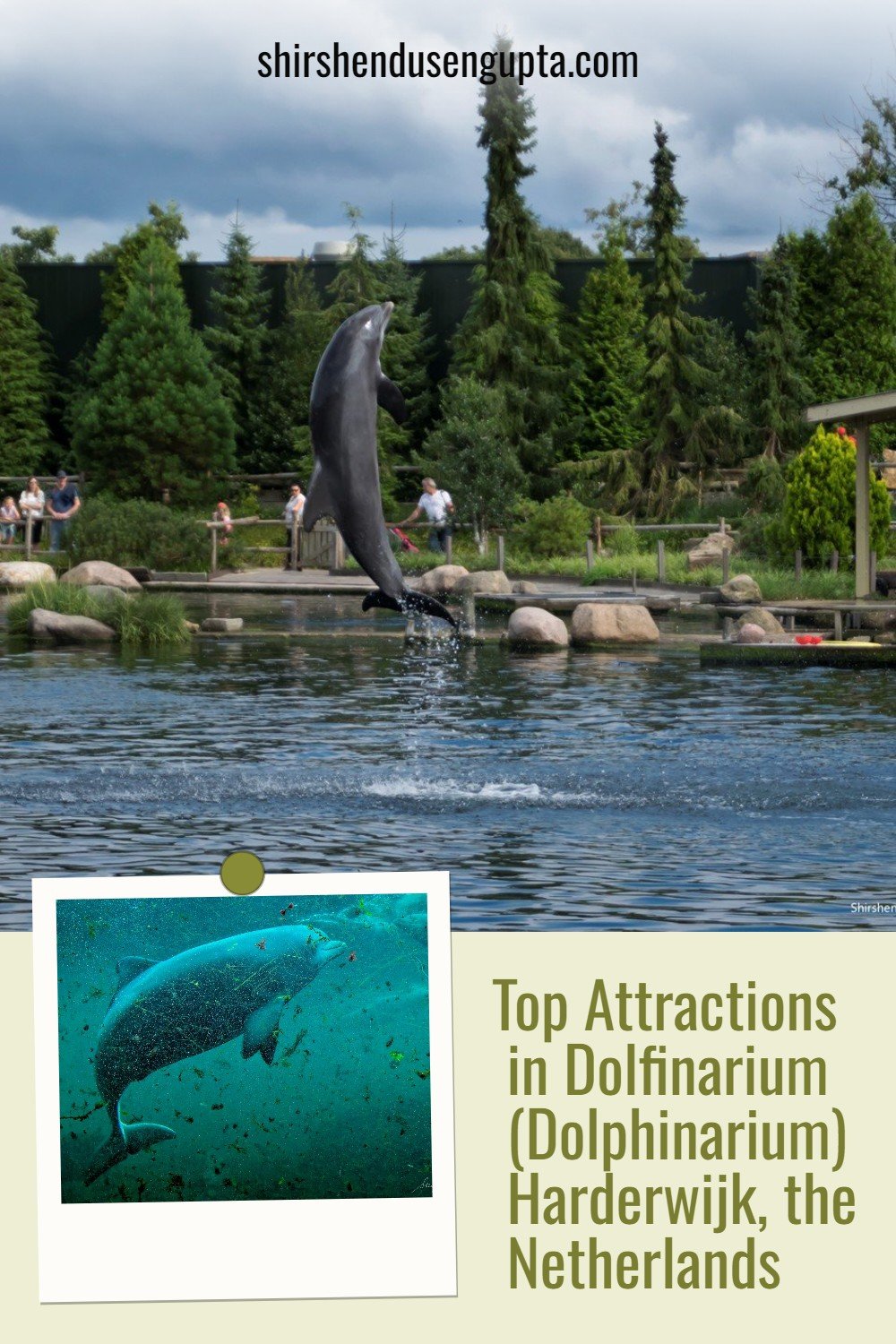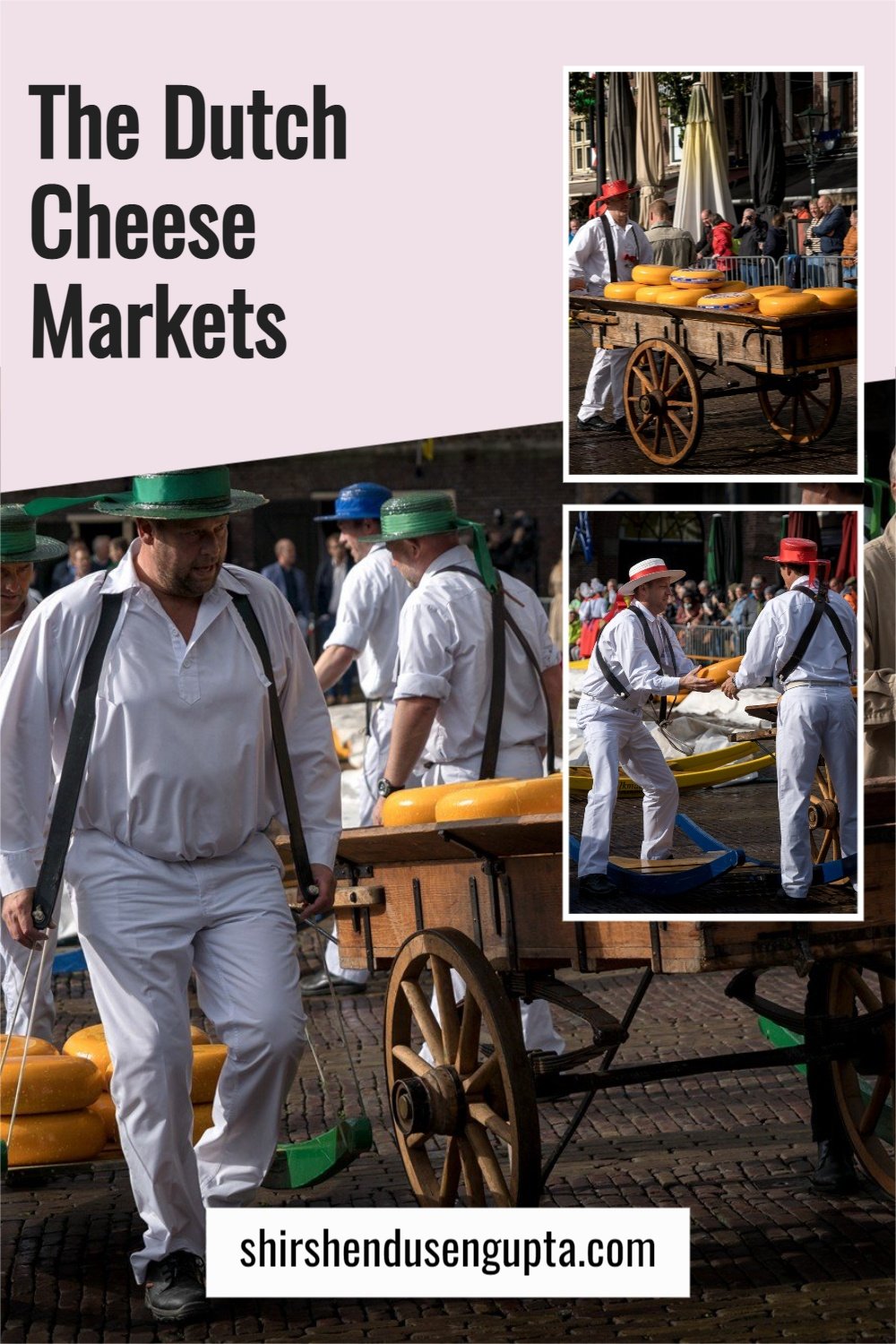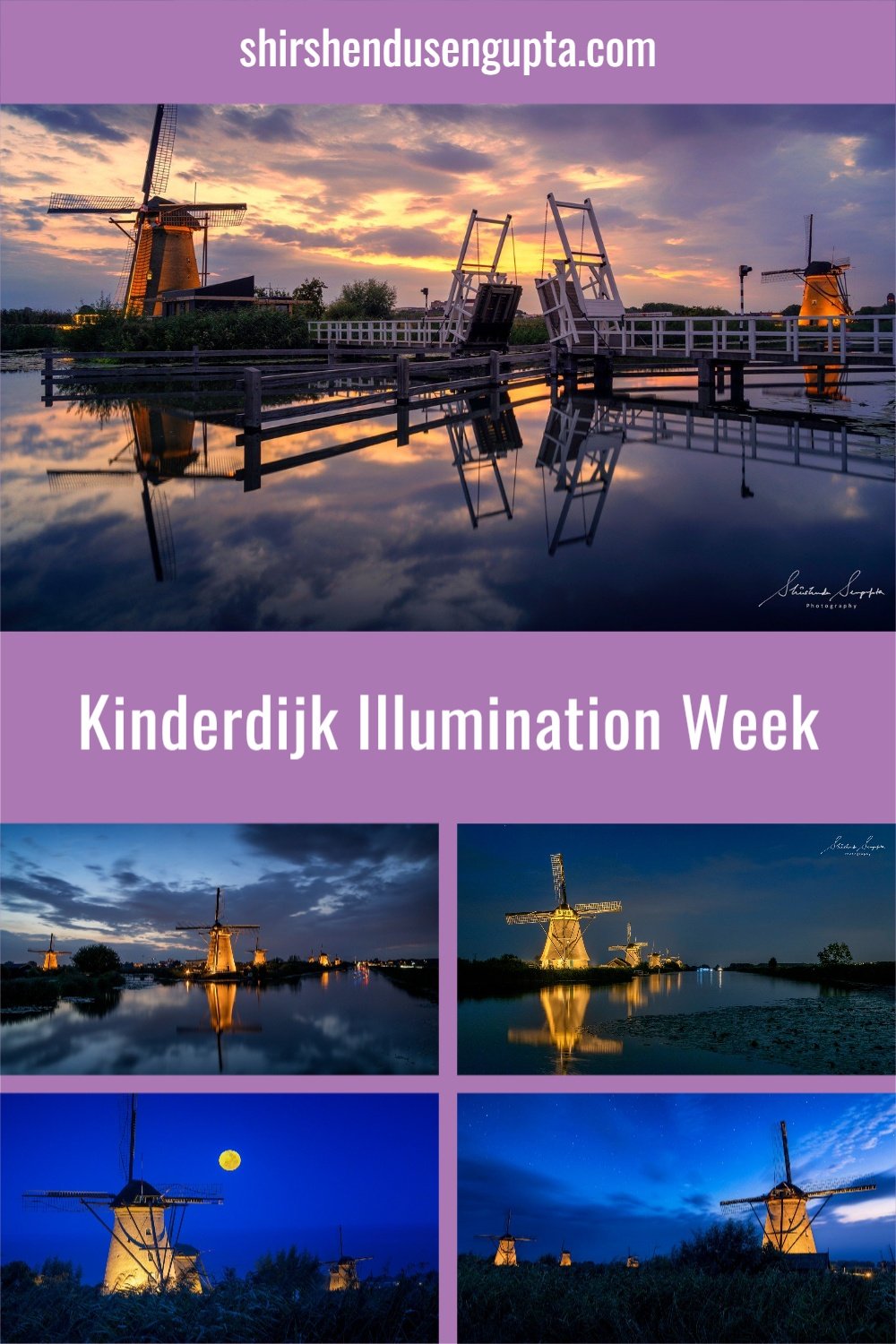Monument De Pyramide van Austerlitz | The Dutch Pyramid of Austerlitz located in Woudenberg (Utrecht), the Netherlands
Did you know there is a ‘Pyramid’ in the Netherlands?
Before we begin our story today, let me ask you a “Did you know?” question. Did you know there is a ‘Pyramid’ in the Netherlands? And that too, the only pyramid in the world with an obelisk on top of it? If not, then you ought to visit this place. It’s located in Austerlitz, a small village in the municipality of Woudenberg, in the Dutch province of Utrecht. So without further delay, let me share with you the intriguing story of ‘De Pyramide van Austerlitz.’
French Settlement Period in the Netherlands (Franco-Batavian time)
The 'Republic of the Seven United Provinces of the Netherlands' (popularly known as the 'Dutch Republic') existed from 1588 (after the Dutch Revolt against the Habsburg King Philip II of Spain) to 1795 (before the Batavian Revolution). In 1795, the Dutch Patriots (a group seeking democracy and equality in the Netherlands and supporting the ongoing French Revolution), with the help of the French Republic, brought the downfall of the old 'Dutch Republic' (known as the Batavian Revolution), giving rise to the 'Batavian Republic' and the start to the French Settlement Period (Franco-Batavian time) in the Netherlands. The Republic existed until the declaration of the 'Kingdom of Holland' in 1806 by Napoleon, alongside making his third brother Louis Bonaparte the (puppet) king to better control the Netherlands. The 'Kingdom of Holland' was later dissolved in 1810 when Napolean forced his brother to abdicate the throne and leave the country, citing him 'too weak' and annexed the 'Kingdom of Holland' to France.
Why a Dutch village came to be called Austerlitz?
Austerlitz is the former name of Slavkov, a town in Vyškov District, in the South Moravian Region of the Czech Republic, where the famous 'Battle of Austerlitz' took place in 1805. In 1806, King Louis Bonaparte of Holland named a Dutch village in the province of Utrecht where a pyramid had already been constructed, as 'Austerlitz,' alongside naming the pyramid as 'Pyramide van Austerlitz,' in honor of the victory of his elder brother, emperor Napoleon in the 'Battle of Austerlitz.'
The ‘Battle of Austerlitz’ a.k.a ‘Battle of the Three Emperors’
The 'Battle of Austerlitz' also called the 'Battle of the Three Emperors,' was one of the most critical battles in European History and the most significant victory achieved by Napoleon, defeating a larger Russian and Austrian army led by Emperor Alexander I and Holy Roman Emperor Francis II on December 2, 1805, in Austerlitz, a town in Vyškov District, in the South Moravian Region of the Czech Republic, now called Slavkov.
Background
After a string of brilliant victories across Germany, Spain, and Italy, Napoleon crowned himself Emperor of France as he became the most powerful man in Europe. This prompted the other powers in Europe (England, Russia, Prussia, and Austria) to form the Third Coalition to defeat the French. Upon learning the Third Coalition's plans to attack France, Napolean abandoned his plans to invade England for which he had amassed a large army in northern France, known as the Army of England, and instead decided to attack his enemies in the east before they could unite their forces.
The Battle and Aftermath
After nine hours of fighting, the French troops scored a decisive victory over the Russo-Austrian army, commanded by Czar Alexander I. Austerlitz officially ended the Third Coalition. On December 26, 1805, Austria and France signed the Treaty of Pressburg, making Austria withdraw, thereby ceding land to Napoleon's German allies and paying an indemnity of 40 million francs. Russian troops were also sent back home. Austerlitz deeply changed the nature of European politics. The triumph of the French stunned Europe and meant that they were masters of Europe, though for a brief period.
Construction of the ‘Pyramid of Austerlitz’ in the Netherlands
Fearful of a British invasion, the French had strategically stationed a French-Batavian army on the open heathlands near Zeist in the Netherlands in 1795. In 1804, General Marmont was appointed the commander of the army. His main task was training them to defeat the British army in case of an attack. To unify the Batavian and the French troops, Marmont decided to make them exercise together on the heathland between Woudenberg and Zeist. A huge encampment was created to accommodate the troops and many citizens, who were hired to take care of the massive army, which consisted of more than 18,000 men. The shelters of the latter were the start of the current village of Austerlitz.
Soon, Marmont's army became a well-oiled war machine and because the late summer of 1804 was beautiful, Marmont decided that he and his soldiers could stay awhile before returning to their winter quarters. This did mean, however, that his troops had to have something to do. So Marmont ordered them to build a pyramid of sand and turf cut from the heath. Six years before, Marmont had accompanied Napolean on a military campaign to Egypt, where he saw the pharaohs' mighty pyramids. He was keen to leave the world something equally grand. After 27 days of working with military precision, a structure had been erected on one of the highest points in the Utrecht Hills (Utrechtse Heuvelrug). Later, a wooden obelisk was built on top of it. There is no pyramid with an obelisk on top anywhere else in the world. General Marmont also planned to completely cover the pyramid with stones and construct a gigantic statue made from cannons to be conquered in future wars. None of these were ever realized.
The Festive Opening, Naming of the Monument, and the Dutch Village
The Pyramid's festive opening was held on October 12, 1804. It goes without saying that Marmont hoped that it would always carry his name for all eternity. Still, unfortunately for him, King Louis Bonaparte, the younger brother of Napolean, rechristened it 'Pyramide van Austerlitz' a mere two years later to honor of the victory of his elder brother, emperor Napoleon in the ‘Battle of Austerlitz,’ alongside renaming the Dutch village as ‘Austerlitz.’
Inspiration for Lion’s Mound, Waterloo, Belgium
The Pyramid of Austerlitz was an inspiration for the much bigger Lion's Mound in Waterloo, Belgium. This 43-meter high pyramid was built by King Willem I of the Netherlands in 1823, to commemorate the victory of the Allies against Napolean in the Battle of Waterloo of 1815. The mound stands in the location where Prince Willem II, son of King Willem I suffered a shoulder injury during the battle.
Damage and Restoration
Within 4 years after the opening of the pyramid, the 13 m high wooden obelisk sitting atop the pyramid fell apart and was demolished in 1808. A new stone column was erected in 1894. The pyramid made hastily in less than a month out of local earth and sand slowly collapsed over the years.
The pyramid wasn't maintained for much of the 20th century. Until the year 2000, the pyramid was entirely covered with vegetation and only the stone obelisk atop the pyramid was still visible. On account of its 200th anniversary in 2004, the pyramid was decided to be restored to its original condition. Post restoration, the pyramid was reopened to visitors in 2008, along with a new visitor center illustrating the French settlement period in the Netherlands. In 2010 and 2012, further piling was carried out to stabilize the mound. On a clear day, the visitors can climb to the top of the pyramid by a newly placed steel staircase for spectacular views of the surrounding forests.
Visiting the ‘Pyramid of Austerlitz’
Address: Zeisterweg 98, 3931 MG Woudenberg
Public Transport: Reaching the ‘Pyramid of Austerlitz’ by public transport can be a bit tricky. There used to be a bus no. 81 from Driebergen-Zeist train station that stopped right in front of the visitors’ center, which has now been discontinued. However, together with Taxi Centrale Driebergen, the pyramid authorities have arranged a taxi service from Driebergen-Zeist station for a reduced rate of €22.50 (normally €32.50). But you must book in advance on number +31-343-234000 or via WhatsApp +31630334974 Taxi Centrale Driebergen. Alternately, I would suggest taking the train to Amersfoort Centraal and then hiring a taxi yourself. The ride is around 10 km and will cost you between €25 and €30.
Car Parking: Large and free parking lot.
Other Attractions: Adjacent to the 'Pyramid of Austerlitz' is a children's playground and amusement park. The children can enjoy themselves on the train, the bumper cars, the carousel, or one of the other attractions. There is also a terrace where you can enjoy cool drinks, ice cream, snacks, and various meals. The catering area contains a snack bar, a restaurant, and a pavilion. You can also book the terrace for family and company parties and school trips.
Opening Hours, Ticket Prices, and Reservation: You can visit the ‘Pyramid of Austerlitz’ without an appointment. For more information on the ticket prices and opening hours, please visit their website mentioned below.
Website: pyramidevanausterlitz.nl
Epilogue
So that was the story about the ‘Pyramid of Austerlitz.’ Please let us know in the comments below if you enjoyed reading this article.
And if you want to explore more such hidden gems in the Netherlands, please read our article Netherlands Off The Beaten Track | 43 Best Hidden Gems in the Netherlands. Until then, merry traveling and happy shooting!
Pin the article
Bookmark the article for reading later!
Want to license/buy photos in the article?
License photos for commercial/editorial use or buy photo prints!
Want us to write an article for you?
Articles for magazines, newspapers, and websites!
Watch our Videos
Check out our videos on our Youtube Channel!
Join the Newsletter
Get updates on our latest articles!
We respect your privacy. Read our policy here.






